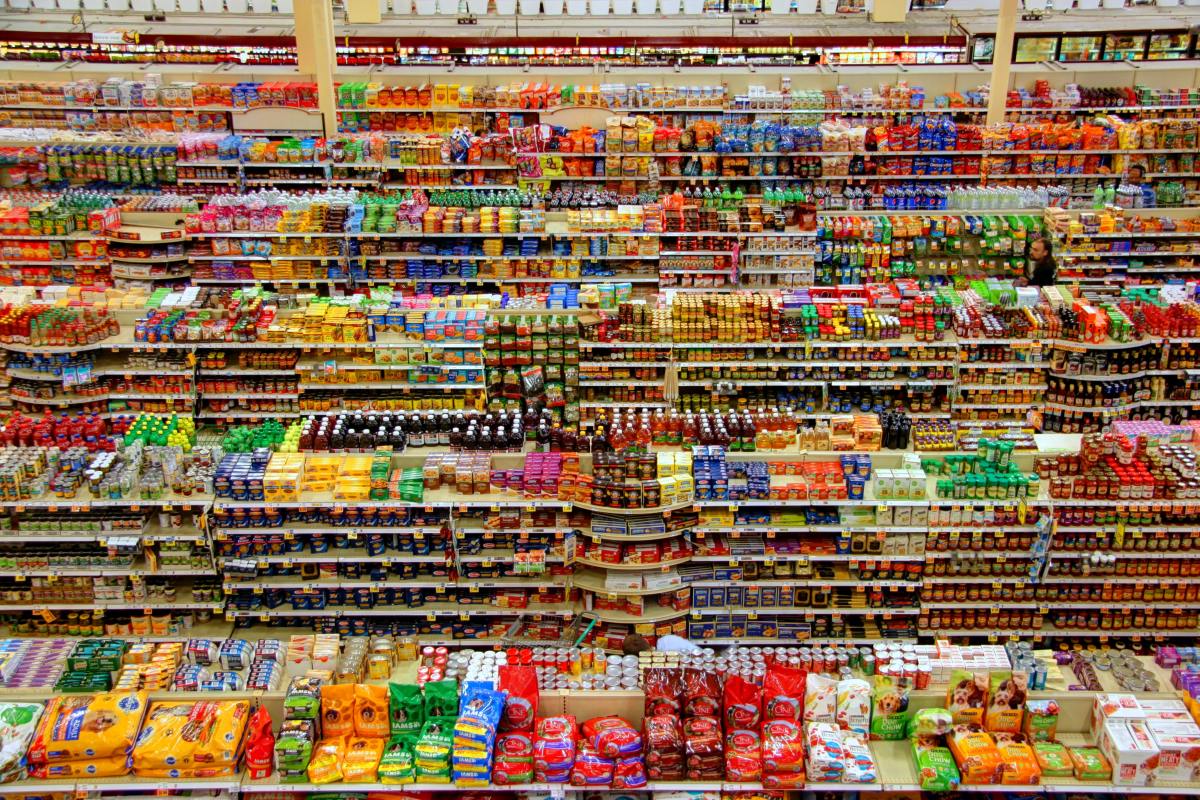Amcor CCO, Michael Zacka, on packaging, circularity and environment
Sustainability
May 6, 2020Reading time: 2 minutes
In May 2020, Amcor’s Chief Commercial Officer, Michael Zacka, shared his perspective on preventing food loss, improving the sustainability performance of products, and collaborations to better protect the environment with industry publication, Inside Packaging.
In May 2020, Amcor’s Chief Commercial Officer, Michael Zacka, shared his perspective on preventing food loss, improving the sustainability performance of products, and collaborations to better protect the environment with industry publication, Inside Packaging.

Read the original piece here.
Around a third of food produced for human consumption every year – approximately 1.3 billion tonnes – gets lost or wasted. This is intolerable at a time when the Food and Agriculture Organization of the United Nations (FAO) reports that more than 700 million people were exposed to severe food insecurity in 2019.
According to the FAO, the climate change impact caused by wasted food equates to about 8 percent of global annual carbon emissions; nearly on par with global emissions from cars, trucks, airplanes, trains and ships . This represents a pressing environmental and social concern.
Expertly engineered packaging has a big role to play in tackling this challenge and manufacturers are always trying to find new and better ways to develop packaging that is as resource-efficient as possible, while protecting products and keeping perishable goods safe and fresh, avoiding the waste of food and the associated environmental cost.
Today, there are many ways that the sustainability of packaging can be increased. Strategies include using more post-consumer recycled content, sourcing raw materials with lower carbon footprints, using fewer raw materials through product lightweighting, and designing packaging that can be disposed of through lower-footprint waste streams such as recycling or reuse.
Fundamentally, packaging is designed to protect. In fact, protecting the product inside packaging is the most important way to reduce its overall footprint. This is because the resources required to manufacture a product are often far higher than those required to produce its packaging. If a product’s packaging fails, the resources invested in growing, processing, and transporting the contents are wasted.
But this is only part of the carbon footprint solution. We also need to move to a circular model, and design waste out by increasing collection and recycling of plastic packaging.

To achieve this requires everyone along the value chain: raw material suppliers, packaging convertors like Amcor, industry bodies like the Consumer Goods Forum, retailers, brands, food and beverage producers, NGOs, governments, collection and recycling organizations, and consumers.
Collaboration is the only way to achieve the best outcomes for the environment. An example is the Ellen MacArthur Foundation and its New Plastics Economy Global Commitment. This three-year initiative is helping build momentum towards a plastics system founded on the principles of the circular economy.
Another collaborative initiative is CEFLEX, (A Circular Economy for Flexible Packaging) which aims to dramatically increase collection and recycling of flexible packaging in Europe. CEFLEX began with 10 partners two years ago and now comprises more than 100 organizations from all steps in the value chain.
For brands and retailers in North America, Materials Recovery for the Future (MRFF) is focusing on recycling solutions for flexible plastic packaging in North America. The Recycling Partnership is another NGO in North America and it is putting private dollars to work in communities to improve recycling infrastructure and drive up participation.
When it comes to plastic alternatives, there is near-unanimous agreement that glass and metal are generally not suitable replacements. Despite being more commonly recycled in current recycling streams, glass and metal alternatives typically have a larger carbon footprint because they’re energy-intensive to produce and less efficient to transport.
Plastic packaging usually has a lower carbon footprint, so the focus needs to be on “end of use” scenarios that are more sustainable. We need to put more emphasis on widespread collection and recycling to reduce the carbon footprint even further.
This is an exciting time in the world’s sustainability journey and the packaging industry in partnership with FMCG companies can deliver on our commitments to better protect the environment while continuing to delight consumers.
Related Insights
Communicating with consumers about packaging and sustainability
May 4, 2020
David Clark, Amcor's Vice President, Sustainability, shared his view on communicating with consumers about packaging and sustainability with “Inside Packaging”.
David Clark, Amcor's Vice President, Sustainability, shared his view on communicating with consumers about packaging and sustainability with “Inside Packaging”.
The Chicken and The Egg of Recycling
April 20, 2020
The COVID-19 pandemic is bringing crucial issues to the fore and creating new challenges – for us, for our customers and for the millions of people who use our packaging every day.
The COVID-19 pandemic is bringing crucial issues to the fore and creating new challenges – for us, for our customers and for the millions of people who use our packaging every day.
"Seven Pillars, One Goal" Amcor featured in Packaging Europe Magazine
April 15, 2020
In April 2020, Victoria Hattersley from Packaging Europe magazine spoke to Gerald Rebitzer, Director Sustainability for Amcor Flexibles about a practical approach to improving packaging sustainability.
In April 2020, Victoria Hattersley from Packaging Europe magazine spoke to Gerald Rebitzer, Director Sustainability for Amcor Flexibles about a practical approach to improving packaging sustainability.
